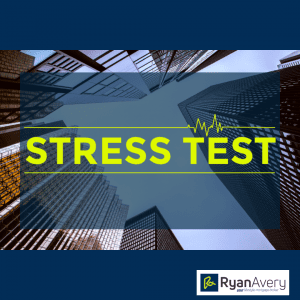
As of June 2022, we are currently seeing unnatural discrepancies in the size of mortgage loans borrowers will qualify for, and it’s all because of a rift in the space-time stress test continuum.
You see, most 5-year fixed mortgage rates are already over 5%, making their stress test a full 2% higher at 7% or more. Concurrently, the mortgage stress test rate for variable mortgages is still a comparatively low 5.25% or so.
In order to maximize the amount homebuyers can qualify for, many borrowers are choosing a variable-rate mortgage, even if their actual personal preference is for a fixed-rate mortgage.
Last week, in response to one of the big banks increasing its uninsured 5-year fixed rate to 5.23%, rate expert Rob McLister tweeted, “Borrowers must prove they can afford a stress tested payment @ 7.23%—almost 200 bps higher than stress test payments on variable rates. Completely senseless.”
It’s somewhat of a paradox that needs to be sorted out sooner rather than later. Because it’s not like all the variable-rate borrowers are feeling peachy and comfortable. There is far less conviction among the cognoscenti who often preach, “variable all the time; it has never been wrong, and it never will be wrong.”
Variable-rate borrowers are paying attention to the ever-increasing Bank of Canada overnight rate, which in turn is triggering increases to the prime rate. This means variability in the amount of interest those borrowers must pay each month, and, unless their payment is static, their variable-rate mortgage payment is increasing too.
At least the fixed-rate borrowers know their worse-case scenario. They commit to a specific payment for the term of their mortgage.

Recent Comments